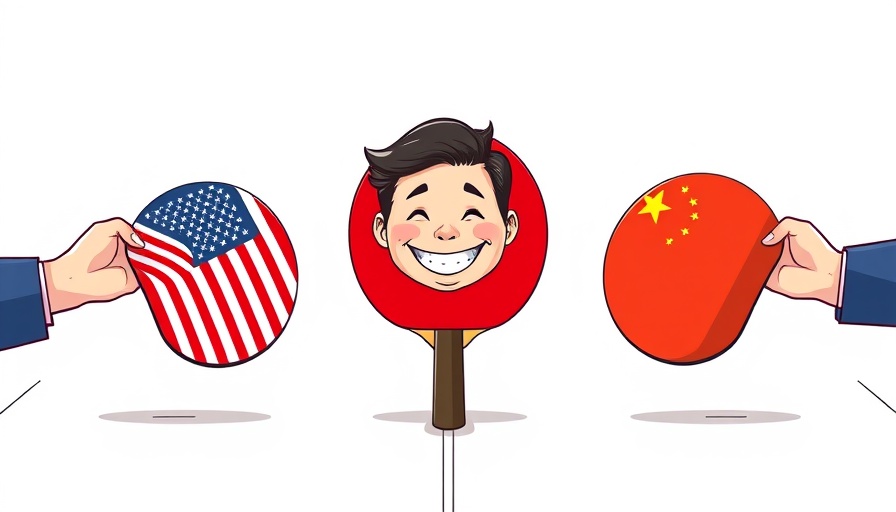
Diving into the World of Young Entrepreneurship
In today's digital age, the avenues for success have transformed dramatically, especially for the younger generation. A striking example is Diana Kydysiuk, an 11-year-old Ukrainian YouTuber who is on the verge of rivaling big names in the industry like MrBeast. Most day-to-day, she embodies the life of a typical pre-teen, engaging in school, gymnastics, and judo. However, during weekends, Diana transitions into a digital entrepreneur, capturing her audience's hearts through homemade videos that have become a global sensation.
The Rise of a New Generation of Influencers
Diana’s story reflects a larger trend where young creators leverage platforms like YouTube to build substantial followings and lucrative careers. Her content, alongside the burgeoning popularity of other young influencers, underscores the shifting landscape of digital monetization. Gone are the days when traditional career paths guaranteed financial stability, as platforms like YouTube present young individuals with a unique chance to turn hobbies into thriving businesses.
Financial Implications for Young Creators
What does it take for young influencers to achieve success, and how can aspiring creators replicate this model? Understanding the economic factors at play can aid not only content creators but also businesses looking to invest in digital marketing strategies. Young influencers like Diana often collaborate with brands, amplifying their reach and driving engagement. For business owners, this presents an opportunity to connect with a vibrant audience by aligning with fresh voices that resonate with younger demographics.
Lessons from Young Entrepreneurs
Diana Kydysiuk is more than just an entertainment figure; she represents a shift in how the very structure of entrepreneurship is evolving in the digital landscape. Her story serves as an inspiration for those looking to capitalize on the dynamic world of digital content creation. For cost-conscious business owners, investing in partnerships with younger creators may yield considerable ROI, not only in terms of financial gains but also in brand visibility among the youth.
Embracing Change in Your Business Strategy
It’s clear that the environment in which business operates is evolving rapidly. As we see figures like Diana rise, it prompts a reevaluation of traditional business strategies. Connecting with influencers—even those as young as Diana—can be a prudent move for brands aiming to remain relevant in a competitive marketplace. Understanding this new paradigm is an essential step towards future readiness in any industry.
 Add Row
Add Row  Add
Add 










Write A Comment